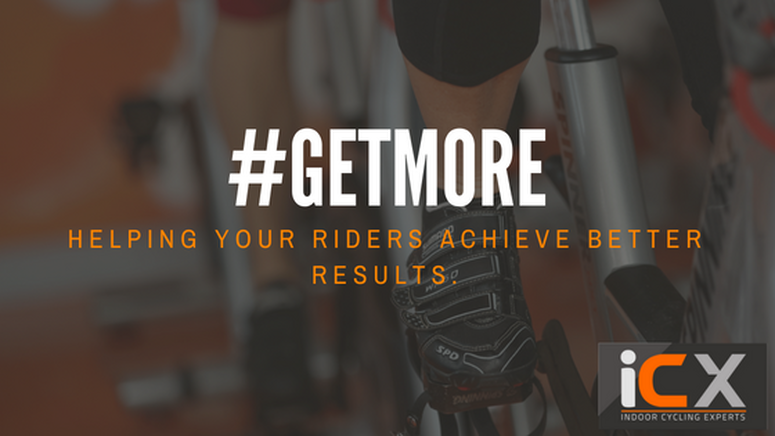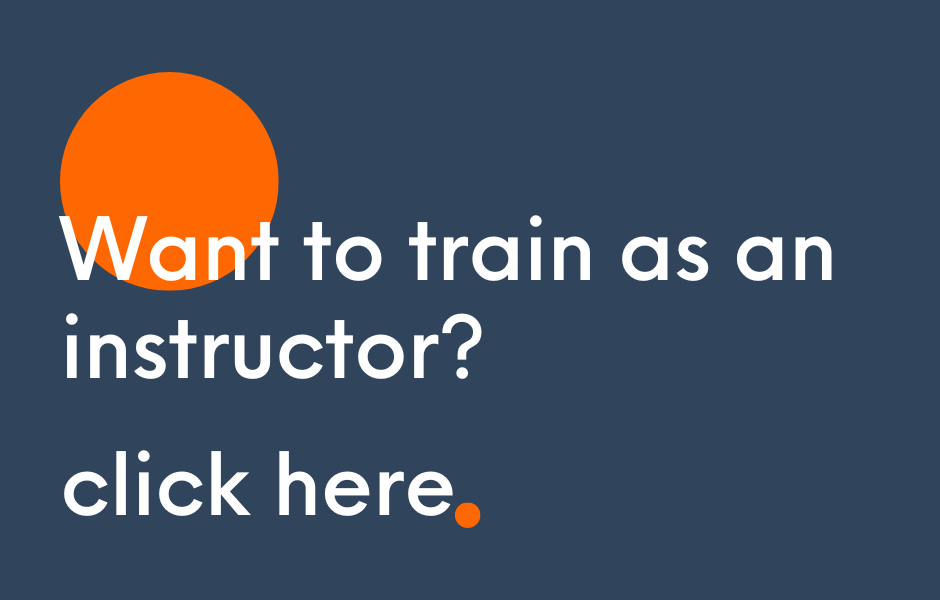by Angela Reed-FoxHelp your riders get better results from indoor cyclingResults. That's what your riders are here for. The good news is that the cardiovascular nature of indoor cycling will help them torch calories and improve heart health. The resistance factor means that at the same time they will be building and strengthening muscle which also helps boost their metabolism. Here's how to help your riders boost the impact of every single indoor cycling session so they get more out of every pedal stroke. Warm-up properlySome riders will be keen to get cracking as quickly as possible. This is where education comes in. We warm up for several reasons - it lubricates joints, getting them ready for more movement and reduces risk of injury, as does the warming effect on muscle tissue. The heart and lungs will also be prepared in an effective warm-up for what's to come. Remember that if you're using intervals, you'll be asking a lot of your riders in short bursts, and therefore it's important that you don't exhaust them prematurely. Get them warm, but not knackered. This way you'll be pushing their bodies as hard as you can during each challenge, without having taken the edge off their energy or power during the warm-up. Advise sensible resistanceWe've all seen riders bobbing around with not enough resistance on. This is to do with education - they don't know any better and that's where you come in. Part of your role is to teach riders - they should leave every session knowing a little bit more about what they're doing and how to do it more effectively (and why). Too little resistance is unsafe, and is the cause of some of the accidents that have led to instructors and cycling studios being sued. Riders should maintain control of the bike - they shouldn't find that their legs are being carried around by the pedals. They should always even in warm up and recovery feel a little bit of 'pushback' from the pedals. During the main body of the session, riders will need more resistance. As every rider is different, 'two turns up' or 'go to gear 12' isn't going to cut it - it's going to be inappropriate for the majority of your riders - particularly if the bikes haven't been well-maintained and have developed personalities of their own! So what do you do? You need to describe the resistance they should feel. For example, if you're doing a heavy climb, their cadence should drop to about 60-70rpm and you'll need to describe the feeling in their legs. You can use the length of the challenge to help create the picture - how long should they be able to last? Keep an eye out for those riders who load the resistance on and then are scarcely able to turn the pedals. They're going to tire too quickly, and also risk strain on their joints. Describe how it should feel and stress a reasonable cadence, and you'll be able to keep the class together regardless of ability. Heartrate trainingIf your studio has been blessed with heartrate training technology - then learn how to get the best from it, and use it in every session. It comes into its own with intervals, tracking recovery speed and also raising awareness of possible overtraining. PowerUse power as well. Get extra training on this if you need to. Knowing about power and how to challenge riders more effectively will give your riders better results and also attract new riders to your session - as you'll know what you're talking about! Power is a great way of helping riders to see their progress. Obviously the bikes are going to need some way of measuring power - the better quality bikes now have power meters and numbered gears. Teach your riders about power:weight ratio and show them how to calculate it. Hold benchmark sessions where they can see their increasing power with shorter, more intense challenges. VarietyYou need variety not just to keep your riders interested, but also because it's going to keep their bodies guessing - which means that they will constantly adapt to the different pressures placed on them. Mix endurance with intervals, and intervals with hill climbs, and hill climbs with power challenges etc. TechniquePoor technique is the main thing standing between riders and better results - and unfortunately poor technique is a widespread problem. It doesn't matter what a rider's gears or cadence are if his/her technique is awful. Make sure your own technique is good - spend a bit of time pedalling in front and alongside a mirror to make tweaks. Enable your riders to see you demonstrate technique - that may mean moving the instructor bike to a better position, or ensuring that you wear clothes that enable riders to see what you mean when you explain the proper technique - baggy t-shirts do not work for this! Try proper cycling wear or more figure-hugging sportswear. Remember that you should be aiming for a strong upper body, minimising excess movement will help riders strengthen their core, as well adding more of a challenge for their legs as they're having to rely on building strength rather than bobbing away on the bike using bodyweight as leverage. Proper recoveryThis is often overlooked, particularly if there needs to be a quick changeover between classes. This is an essential part of the workout, and it's not OK just to dismiss it by saying 'Don't forget to do your stretching' as you (or they) dash out of the door. Recovery is vital in between each challenge as well as at the end of the session. If you're using heartrate tracking technology (strongly recommended) your riders will want to see their recoveries, as these will be quicker as they get fitter - and it's good to have the encouragement of things heading in the right direction! If you're adhering to all the above points, your riders are going to experience a much more challenging session! You can use the recovery part of the session to impart a few pearls of wisdom - never miss an opportunity for adding value. Advise your riders to take it a little easy when they get home - don't forget that if you've really pushed them during the session, their muscles are going to need time to recover, replenish and adapt (and that's where they start to see results). Take the opportunity to educate your riders; let them know what overtraining is and how to avoid it. Be explicitThere's a few bits of information every rider needs in order to complete each challenge you set exactly as you'd planned. They need to know:
Indoor cycling instructor? Click below for free CPD resources. Your venue can also receive information on how we can help improve customer registration, retention, engagement and profitability.
0 Comments
Leave a Reply. |
Categories
All
|
Quick links
Get started
|
Find what's right for you
|
Courses
|
Further learning
|
More
|
The Indoor Cycling Institute provides the most comprehensive and up to date indoor cycling instructor training; providing entry-level courses, and further education to raise the standard of instructors.
© 2014-2024 Protheorem Ltd
The Indoor Cycling Institute is owned and operated by Protheorem Ltd Registered in England & Wales, Company number 12812092
The Indoor Cycling Institute is owned and operated by Protheorem Ltd Registered in England & Wales, Company number 12812092




